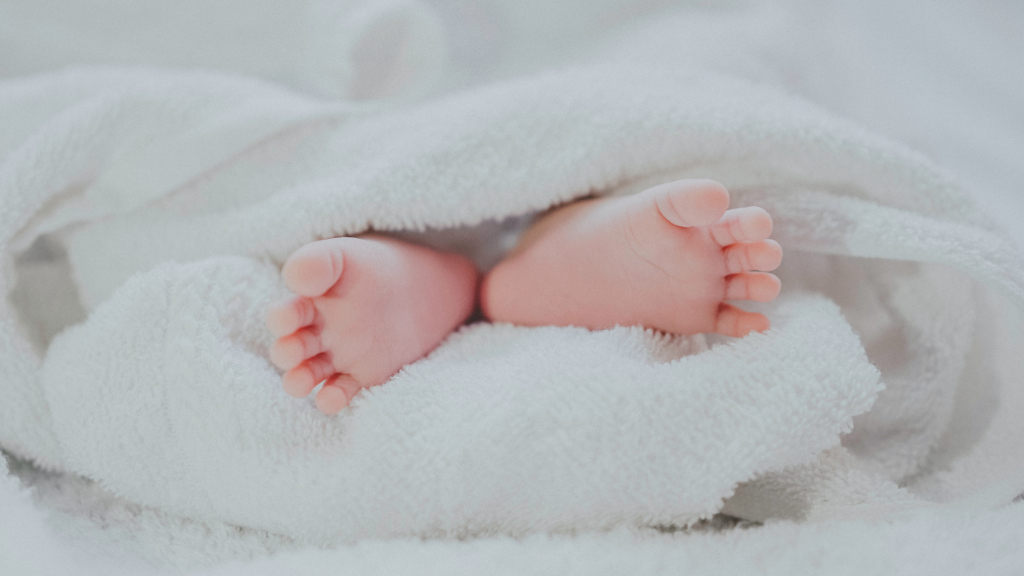South Korea’s fertility rate has dropped yet again, beating its own record for the world’s lowest fertility rate.
According to Statistics Korea, the average number of expected babies per South Korean woman over her reproductive life decreased from 0.81 in 2021 to 0.78 in 2022.
The data is reportedly the lowest among countries in the Organisation for Economic Co-Operation and Development (OECD). As of 2020, South Korea has the lowest rate in the OECD, with its capital, Seoul, logging a birth rate of 0.59.
The country’s birth rate has been falling since 2015.
In 2020, South Korea recorded more deaths than births. This trend has continued as the nation recorded about 249,000 births and 372,800 deaths in 2022.
Without immigration, countries need a fertility rate of 2.1 per woman to maintain a stable population.
The demographic declines are also present in other Asian countries, including Japan and China.
According to experts, the low fertility rates are due to demanding work cultures, rising costs of living, changing attitudes toward marriage and gender equality and rising disillusionment among younger generations.
In South Korea, many do not feel obligated to raise a child, citing the costly expenses amid the uncertainty of a bleak job market, expensive housing and gender and social inequality. Women have also cited the patriarchal culture of childcare and discrimination at work.
The average age of South Korean women during childbirth rose to 33.5 last year.
While the country’s population peaked at 51.84 million in 2020, it fell to 51.74 million in 2021.
It is expected to shrink to 37.66 million by 2070.
Marriages have also been plummeting in the country amid the expensive costs of housing and education.
South Korean President Yoon Suk-yeol said more than $200 billion has been spent in efforts to boost the population over the past 16 years.
The government introduced multiple initiatives, such as offering monetary baby allowances of 1 million won…
Read the full article here





